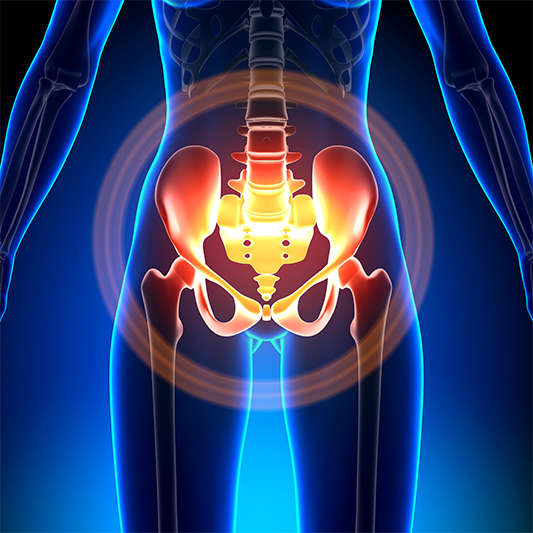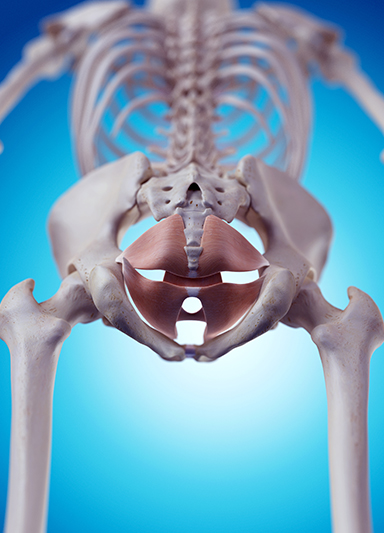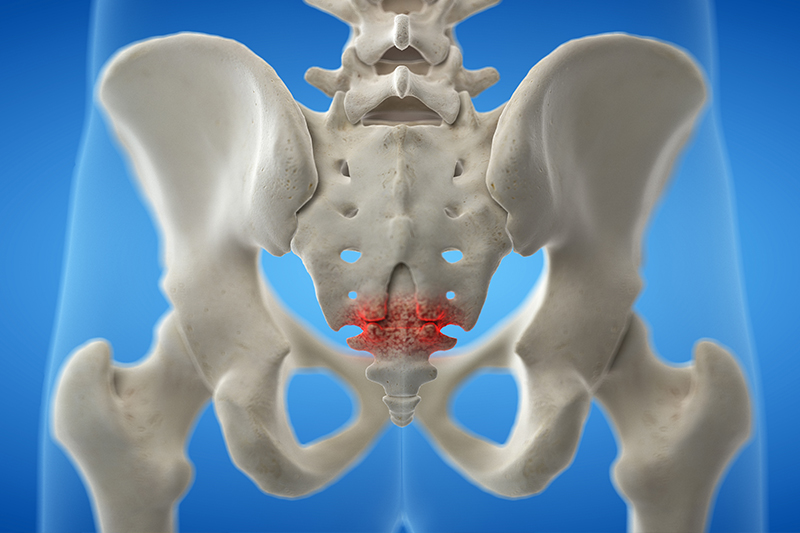Pelvic & Buttock Pain in Beverly Hills
Pelvic Pain

Pelvic pain can often be felt from the lower abdomen (below the belly button), to the groin, rectal area, perineum, inner hip region/thighs, or buttocks. It can be in the form of a sharp and stabbing pain in one particular spot, or a dull, spread out pain. In severe cases, the pain can prevent you from performing your daily activities.
Perineal Pain

Perineal pain is a common condition affecting muscles in the pelvic region. The perineum area is situated between the anus and the genitals. The primary muscles of the pelvic floor are connected to the perineum. Moreover, there are several nerves and organs near this area, which makes it one of the most common areas of origin for different types of pelvic floor pain caused by injuries, trauma, pregnancy, vaginal delivery, and other conditions.
Symptoms of Perineal Pain
The person may experience one or more of these symptoms:
- Pain in the genitals, rectum/anus, groin, tailbone, inner thigh, buttocks or low back
- Discomfort when sitting
- Pain following bowel movements
- Pain during sexual activities
Learn more about Perineal Pain
Coccydynia/Coccygeal Pain

Coccydynia, which may also be referred to as Coccygeal pain or Tailbone pain, describes a pattern of symptoms that cause persistent or intermittent pain in and around the coccyx (tailbone) area. Coccydynia affects women more often than men as some of the causes are unique to women. The pain may be activity-related or aggravated by sitting especially on hard surfaces. The pain can vary from a sharp pain to mild discomfort in the area.
Symptoms of Coccydynia
The pain may improve with conservative care over the course of a few weeks, but it can turn into a chronic painful condition and can make it difficult to carry out daily activities or sleep. This can result in significant distress, functional limitations and decreased quality of life. This pain may be described as:
- Worse with standing for extended periods, sitting down, sexual activity, or defecating
- Dull with occasional sharp pains
- Worse when sitting on hard surfaces


